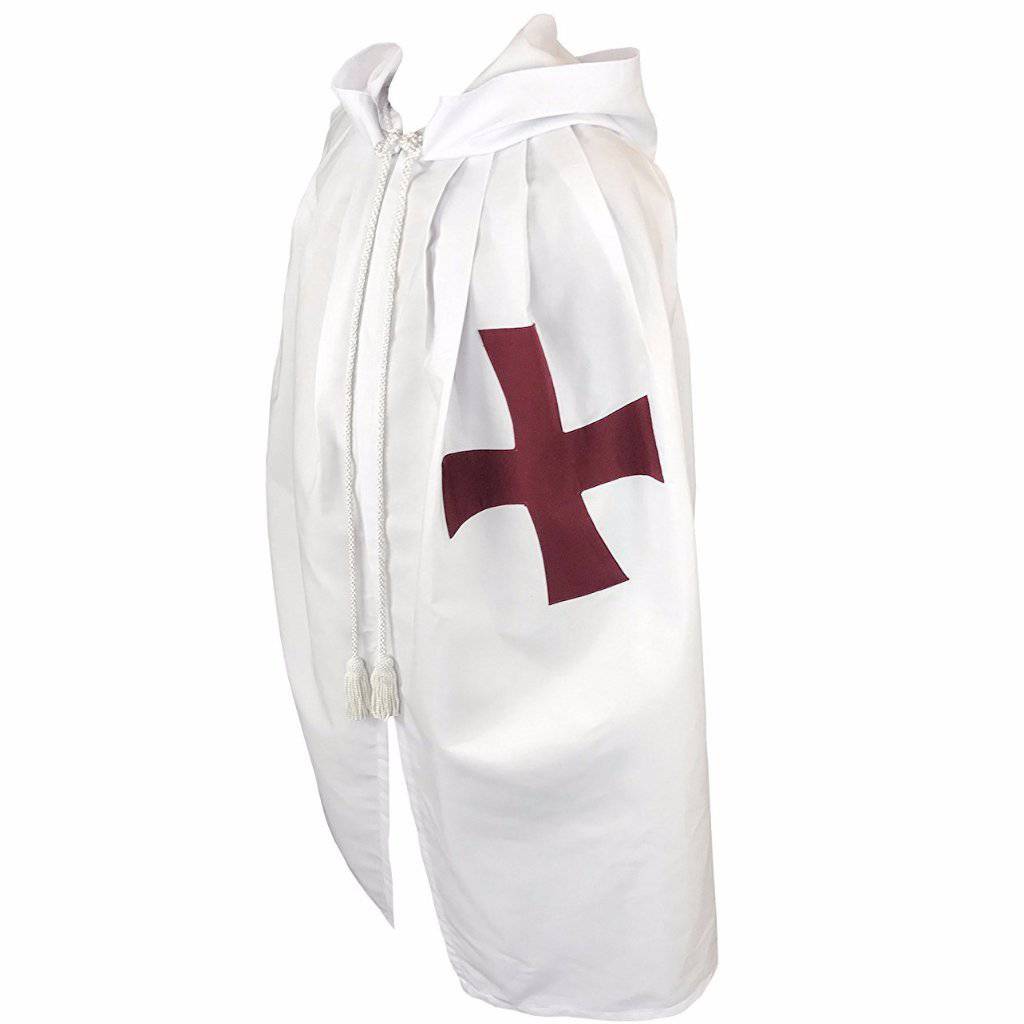The Templar Code: Ethics, Laws, and Brotherhood
The Knights Templar, a medieval order renowned for their martial prowess and immense wealth, are often shrouded in myth and mystery. However, beyond their legendary exploits, the Templars were governed by a complex code of ethics and laws that underpinned their operations and interactions. This blog post delves into the essence of the Templar Code, exploring its ethical principles, legal framework, and the spirit of brotherhood that defined this remarkable order.
The Origins and Purpose of the Templar Code
Founded in the early 12th century, the Knights Templar were established initially to protect Christian pilgrims traveling to the Holy Land. Their mission quickly expanded to include various military and financial roles. The Templar Code, a set of regulations and ethical guidelines, was crafted to ensure that the order’s members adhered to a strict set of principles while fulfilling their duties.
The Templar Code was not a single, codified document but rather a series of rules and customs that evolved over time. The primary sources of these rules include the “Rule of the Templars” (Regula Templariorum), compiled by the order’s founder, Hugues de Payens, and various other statutes and charters issued by the order’s leadership. These documents and oral traditions collectively formed the backbone of the Templar Code.
Ethical Principles of the Templar Code
The Templar Code was deeply rooted in Christian values and chivalric ideals. Its ethical principles can be summarized as follows:
1. Piety and Devotion
At the heart of the Templar Code was a profound commitment to Christian faith. Members of the order were expected to lead lives of piety and devotion, dedicating their time and resources to God. This included regular attendance at religious services, participation in prayer, and adherence to monastic practices. The Templars viewed their military endeavors as a sacred duty, fighting not just for earthly rewards but for divine glory.

2. Chivalry and Honor
The Templar Code emphasized the importance of chivalry and honor. Knights were expected to exhibit bravery in battle, uphold the values of justice, and protect the weak and innocent. The code prescribed a strict moral conduct both on and off the battlefield, ensuring that Templars acted with integrity and respect towards their peers and adversaries.

3. Brotherhood and Loyalty
The concept of brotherhood was central to the Templar Code. Members were bound by a deep sense of loyalty to each other and to the order. This bond was reinforced through communal living, shared hardships, and mutual support. The Templars considered each other as family, and this close-knit relationship was crucial for maintaining the order’s cohesion and effectiveness.

The Legal Framework of the Templar Code
The legal aspects of the Templar Code were designed to regulate the internal functioning of the order and its interactions with external entities. This framework included various laws and regulations covering aspects such as property management, financial transactions, and disciplinary measures.
1. Property and Wealth Management
The Templars amassed considerable wealth through donations, land grants, and business ventures. The Code established rigorous rules for managing this wealth to prevent misuse and ensure transparency. Properties were managed by appointed officers, and regular audits were conducted to maintain financial integrity.

2. Disciplinary Measures
The Templar Code included a comprehensive set of disciplinary measures for maintaining order and discipline within the ranks. Violations of the Code could result in various penalties, ranging from temporary suspension to expulsion from the order. These measures were enforced to uphold the order’s ethical standards and ensure that members adhered to their vows.
3. Legal Relations with External Entities
The Templars interacted with various external entities, including monarchs, church officials, and other military orders. The Code outlined protocols for these interactions, ensuring that the Templars upheld their commitments and maintained diplomatic relations. This legal framework was crucial for managing the order’s extensive network and influence.
The Spirit of Brotherhood
The Templar Code’s emphasis on brotherhood fostered a unique camaraderie among its members. This spirit was reflected in various aspects of their lives:
1. Shared Sacrifices
The Templars lived under strict vows of poverty, chastity, and obedience. They shared their wealth and resources, and their communal lifestyle required significant personal sacrifice. This shared experience forged strong bonds between members, creating a sense of unity and mutual support.
2. Mutual Protection
The Templar Code mandated that members protect each other both in battle and in daily life. This mutual protection extended beyond the battlefield, encompassing personal and spiritual support. The order’s hierarchical structure ensured that leaders looked after the welfare of their subordinates, reinforcing the sense of brotherhood.

Conclusion
The Templar Code, with its blend of ethical principles, legal regulations, and brotherly bonds, played a crucial role in shaping the Knights Templar’s identity and operations. While the order’s military and financial exploits often dominate historical narratives, understanding the Code provides valuable insights into their values and organizational structure.
The Templar Code’s legacy extends beyond its historical context, offering lessons in ethics, governance, and communal living. As we explore the complexities of this medieval order, it is essential to appreciate the depth of their commitment to their principles and the enduring impact of their brotherhood.
By delving into the Templar Code, we not only uncover the intricacies of a storied institution but also gain a broader understanding of the values that guided its members. The Templars’ example reminds us of the power of shared ideals and the importance of adhering to a code of conduct that transcends time and place.










1 comment
Joby Martin
How doest one recieve information to become a knights Templar and is a free Mason part on the Templar order
How doest one recieve information to become a knights Templar and is a free Mason part on the Templar order